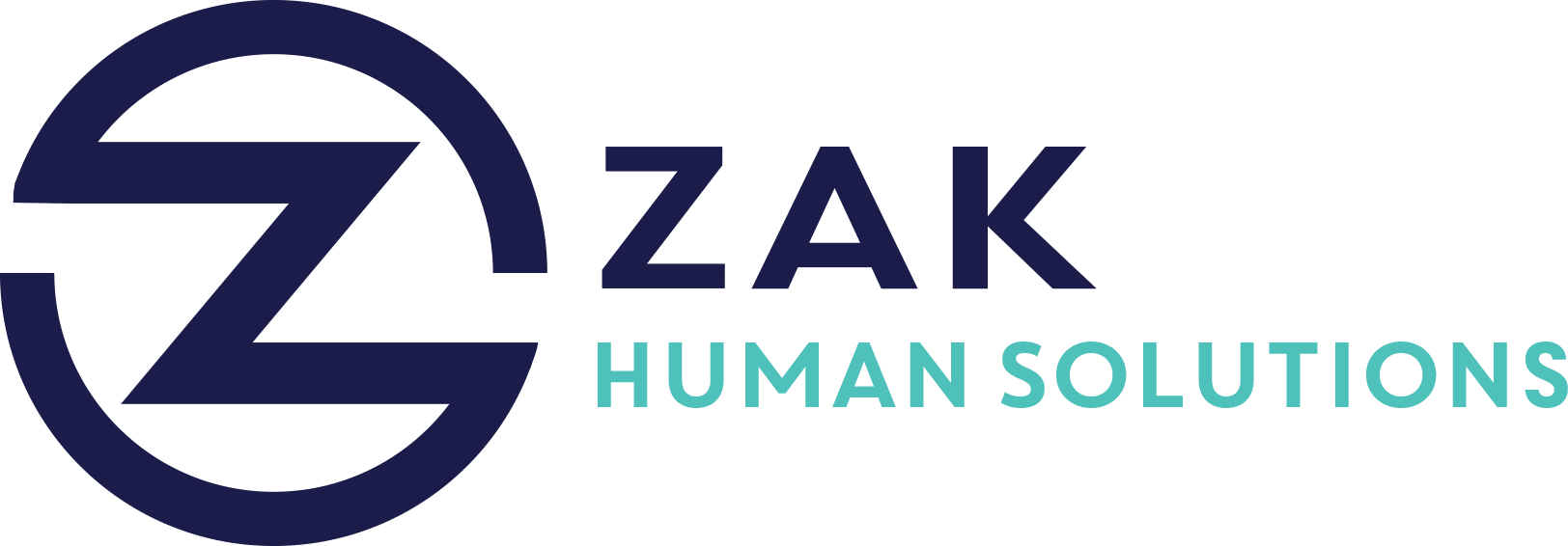Key Takeaways
- Economic uncertainty has led to increased anxiety among employees, impacting job security and financial stability.
- Employers should actively leverage resources like financial advisory services and mental health programs to support their workforce.
- Transparency in communication, such as town halls and clear updates about organizational goals, can reduce employee anxiety.
- Empowering people managers to support employees is crucial for improving both mental health and organizational success.
- Establishing a transparent and communicative work environment builds trust and resilience in the workforce.
In today’s volatile economic environment, both employees and employers are grappling with the pervasive impact of uncertainty. For many workers, the specter of potential layoffs and financial instability has led to heightened stress and anxiety. Employers, on the other hand, are faced with the dual challenge of sustaining business operations while also addressing the mental well-being of their workforce. This blog post explores effective strategies for employers to minimize economic anxiety among employees, fostering a resilient and supportive organizational culture.
Understanding the Gravity of Economic Anxiety
Economic uncertainty remains a significant concern, with countless employees feeling insecure about their job prospects and financial futures. This uncertainty can manifest as stress, reducing productivity and increasing absenteeism. Alarmingly, many employees report that their mental health has been adversely affected, with personal well-being and retention rates at risk.
Utilizing Resources to Mitigate Financial Stress
One proactive measure employers can take is the deployment of comprehensive resources aimed at alleviating financial stress:
- Financial Advisory Services: Providing employees with access to financial advisory services can help them manage their personal finances more effectively. This assistance might include budgeting tools, investment advice, and savings plans.
- Employee Assistance Programs (EAPs): Expanding EAPs to cover financial counseling and mental health services can significantly alleviate stress. These programs offer a safe space for employees to seek guidance on personal and professional challenges.
The Power of Transparent Communication
Effective communication is a cornerstone in reducing anxiety and building trust within the workplace. Employers can implement several strategies to ensure clear and open communication:
Host Regular Town Halls
Organizing regular town halls or webinars can provide employees with updates on the company’s financial health and future plans. Being informed helps employees feel more secure about their roles and reduces the spread of rumors.
Set Clear Goals and Milestones
Clusters of goals and milestones should be communicated transparently across the organization. When employees are aware of the company’s trajectory, they feel more connected to the mission and are less likely to succumb to fear-driven stress.
Empowering People Managers
People managers play a pivotal role in shaping the workplace environment:
- Training: Equip managers with the skills to recognize and address mental health challenges among their team members.
- Support: Encourage managers to foster a culture of openness where employees feel comfortable discussing their concerns without fear of reprisal.
By enhancing the capability of people managers, organizations can ensure stronger support systems are in place, directly impacting employee morale and productivity.
Building a Trust-based Work Environment
A work environment grounded in trust and communication facilitates resilience. Employers should:
- Encourage Feedback: Create channels through which employees can safely express their concerns and suggestions.
- Recognize and Reward: Acknowledge the efforts of employees regularly, which helps in boosting morale and fostering a sense of belonging.
As employers navigate the complexities of today’s economic landscape, it is crucial to prioritize the mental health and well-being of employees. By implementing comprehensive support systems, promoting transparent communication, and empowering managers, organizations can mitigate the negative impacts of economic anxiety. Creating a resilient, supportive work environment is the key to thriving in uncertain times.




